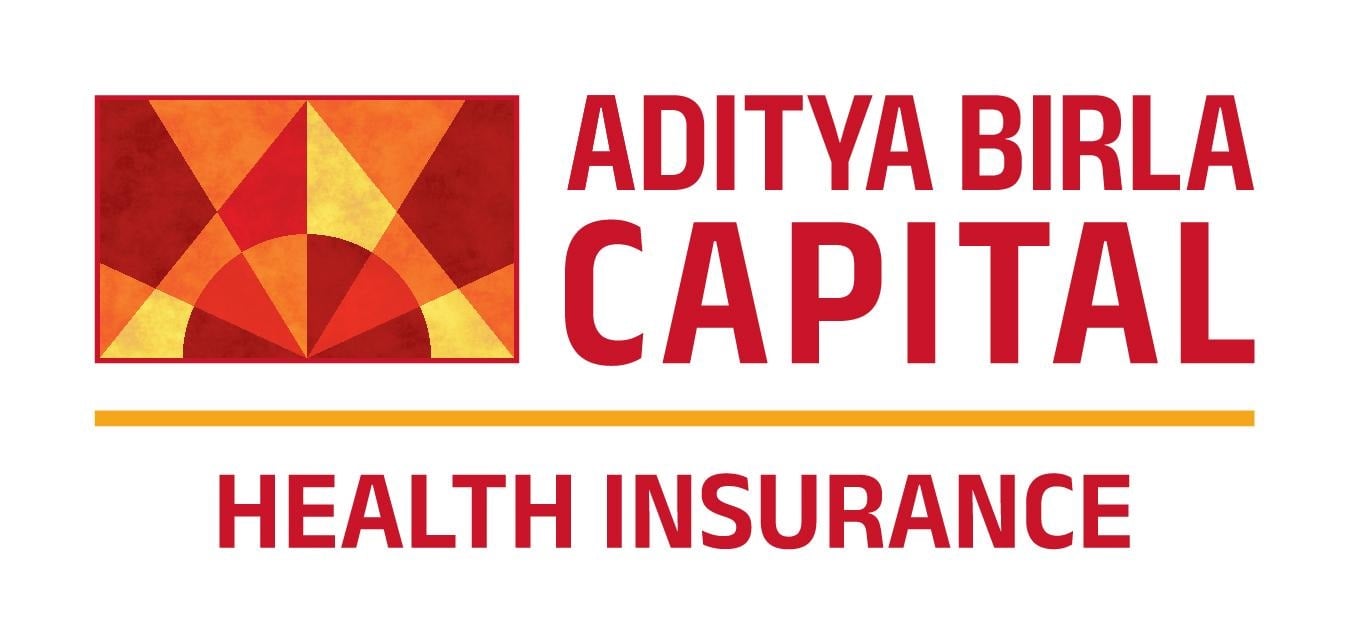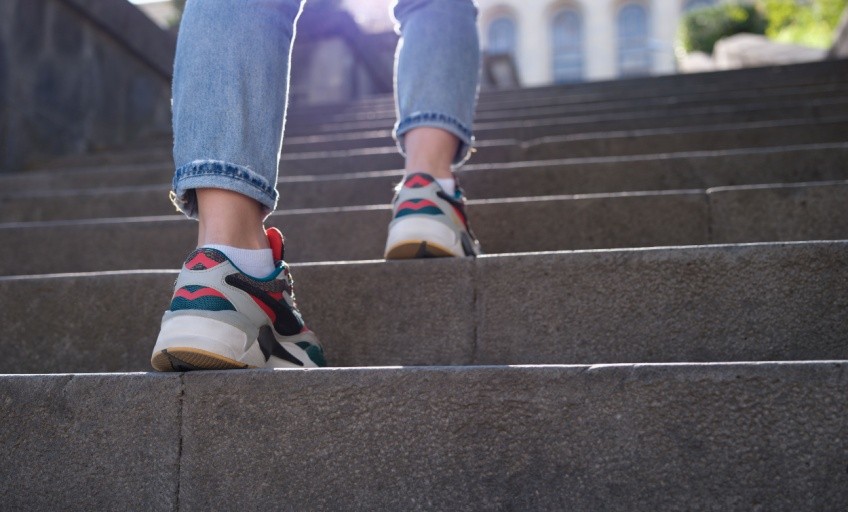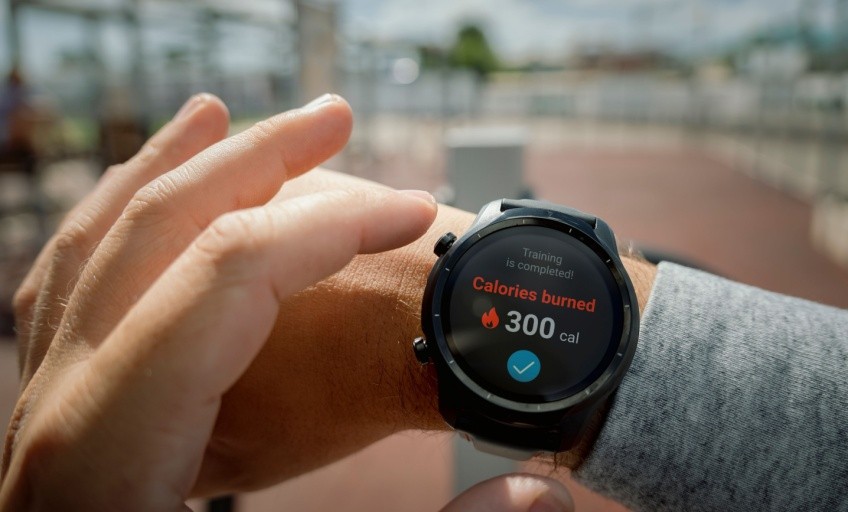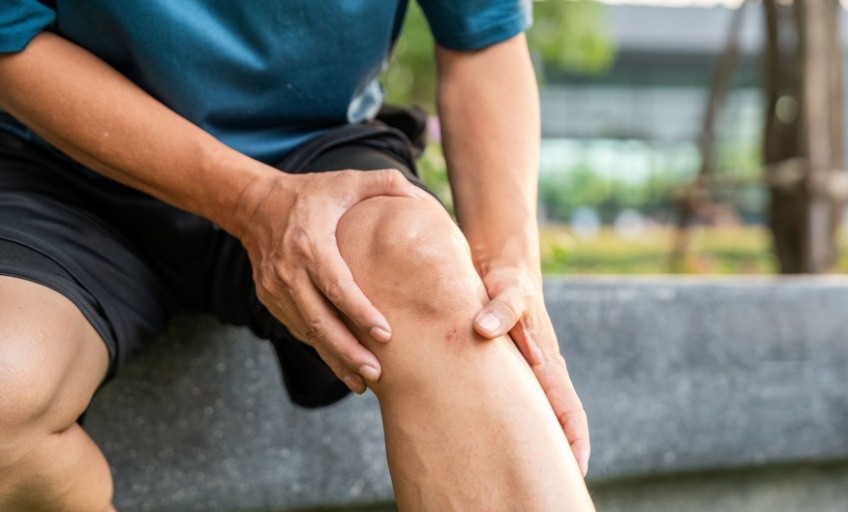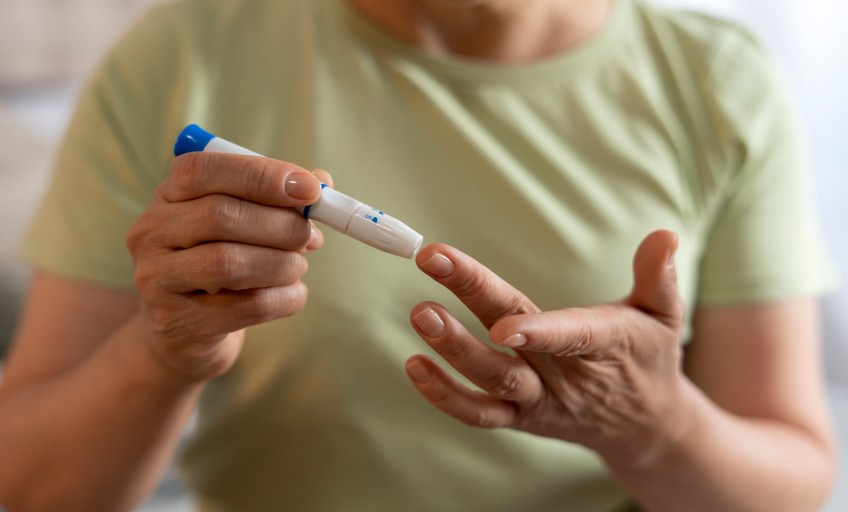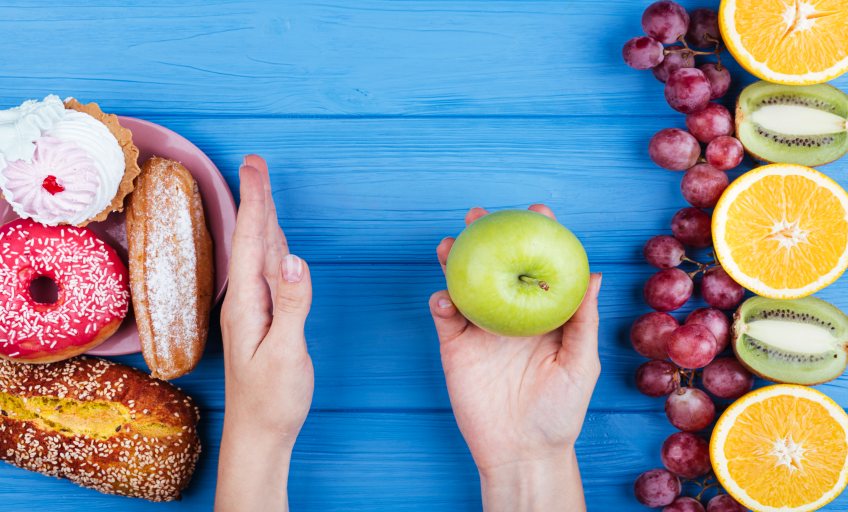Staying healthy and active isn’t just about a consistent workout routine. What you do before, after, and between your workouts is just as important as the sessions themselves.
What you need to know:
- What is NEAT? Understanding Non-Exercise Activity Thermogenesis
- The importance of NEAT
- 5 practical tips to boost NEAT
- NEAT for different age groups
- Level up your fitness with NEAT
What is NEAT? Understanding Non-Exercise Activity Thermogenesis
Non-Exercise Activity Thermogenesis (NEAT) is how your body uses calories throughout the day when not exercising. This can include sleeping, breathing, eating, cleaning – anything that does not involve directly planned exercise – but also providing energy to your vital organs, including your heart.
The difference between NEAT and exercise
NEAT is not exercise. It incorporates everything you do in a day when you are not exercising. From cooking your meals to sleeping, and working to gardening, your body uses its internal energy supply to function normally and keep you feeling your best.
The importance of NEAT
NEAT is an essential physiological tool to keep your body running smoothly. Let us explore its importance:
Weight management and NEAT
Without NEAT, we may experience weight gain and loss, and calories might not be directed to essential areas such as the heart, immune system, and brain. Increasing NEAT can be a helpful weight management tool. It is crucial for fat loss because it can make up a substantial portion of your total daily energy expenditure.
NEAT for improved metabolic health
NEAT is a vital part of our metabolism – the chemical reactions in the body’s cells that change food into energy. The body will adjust its NEAT by increasing or decreasing a whole heap of your bodily systems including your heart rate, walking pace, cognition, and more, to adapt to the calories given. NEAT is the energy expended maintaining and changing posture (laying, standing, walking, etc.) and other routine activities.
5 practical tips to boost NEAT
Let us explore the following practical tips to boost NEAT:
Incorporating movement into your daily routine
Get moving. Consider the following activities to boost your step count:
- Take a walk on your lunch break
- Choose the stairs instead of the lift
- Watch television at home on a walking pad
- Take a work meeting on the move
- Extend your daily dog walk by 15 minutes
- Get moving when you do the dishes
Standing up more often
Sitting too long is associated with increased chronic disease risk. Standing burns three times more calories per hour than sitting. When sitting for long periods, get up and move around every 20-30 minutes to keep your metabolism going. If you have the option, try using a standing desk instead of sitting all day.
Active hobbies and leisure activities
Incorporate hobbies like gardening, hiking, dancing, walking, running, and sports that keep you active. Indulge in leisure activities like surfing, bicycling, swimming, horse riding, golfing, and skiing. These activities will serve the dual purpose of boosting NEAT and having fun.
Fidgeting and its surprising impact
Fidgeting increases NEAT without you even realizing it. Try tapping your foot, wiggling your fingers, or drumming your hands together. Even chewing gum increases energy expenditure. One study found that people who fidget had a lower risk of dying, even when sitting for five to six hours daily. You can easily add fidgeting to your routine.
Use wearables to track activity
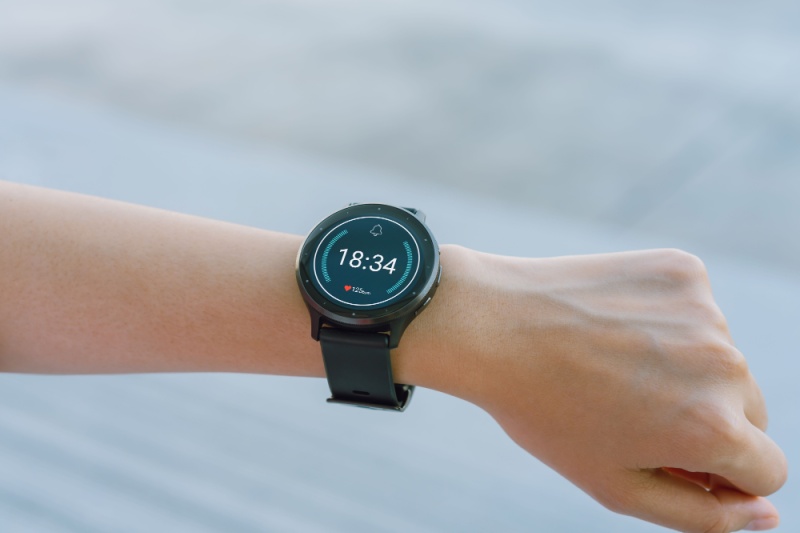
Use wearables like smartwatches and activity trackers to track your steps, timing, intensity of physical activity, distance covered, calories burned, active time, sleep assessment, and heart rate. It encourages you to move more and stay active. This is a good way to boost NEAT and monitor your daily activity.
NEAT for different age groups
NEAT can benefit every age group:
NEAT for busy working professionals
Here are some habits you can incorporate at work to increase NEAT:
- Skip the elevator and take the stairs
- Use a standing desk
- Take the long route from the parking garage to the office, and your desk to your coworkers.
- Do leg lifts under your desk
- Take breaks to pace around
- Hold walking meetings
- Stand during phone calls
- Do light stretches at your desk
NEAT for seniors and individuals with mobility issues

Here are some ways to incorporate NEAT exercise into the lives of the elderly and those with mobility issues:
- Take a walk after meals
- Participate in household activities like cooking, baking, and completing tasks like folding laundry while standing.
- Get up during commercial breaks while watching television to walk around the house or march in place.
- Indulge in outdoor activities like nature walks, gardening, and light-impact exercises.
NEAT for children
Here are some examples of NEAT exercise for children:
- Playing with balls to practise catching, hitting, bouncing, and kicking
- Playing with Legos and toy cars
- Playing games that involve different types of movement like chasing bubbles, skipping along chalk lines, or gathering shells
- Fiddling
- Running up and down the stairs
- Riding bicycles
- Going to karate class
- Climbing on monkey bars
- Skipping
- Swimming
Level up your fitness with NEAT
Exercise is essential but staying active throughout the day is the key to a healthier lifestyle. NEAT plays a crucial role in maintaining your overall health and managing weight. Daily movements like walking, fidgeting and even standing can boost your energy expenditure and metabolism as mentioned above. By incorporating more NEAT, you can enhance your health without intense exercise, enjoy the benefits of improved fitness, and improve your quality of life overall.
Stay tuned to the Activ Living Community. Keep up to date with the latest health tips and trends through expert videos, podcasts, articles, and much more on nutrition, fitness, mindfulness, and lifestyle conditions like Asthma, Blood Pressure, Cholesterol, and Diabetes. Activ Living ke saath sahi sehat ki shuruat ABHI karo.
You may also be interested in the following blogs:
Popular Searches
How to lower blood pressure | Fruits good for liver | Unhealthy foods | Ragi Benefits | Basal Metabolic Rate | Acupressure points for High Blood Pressure | Ayurvedic medicine for blood pressure | How to control cholesterol at home | Homeopathy for Asthma | Biological Age | Home remedies for TB | Natural beta blockers | Negative effects of internet | Types of walking | Blood pressure calculator | Blood sugar calculator | BMI Calculator





 1800-270-7000
1800-270-7000